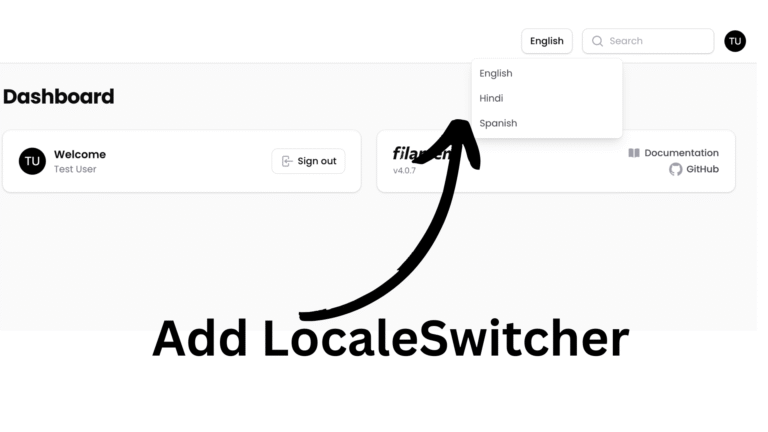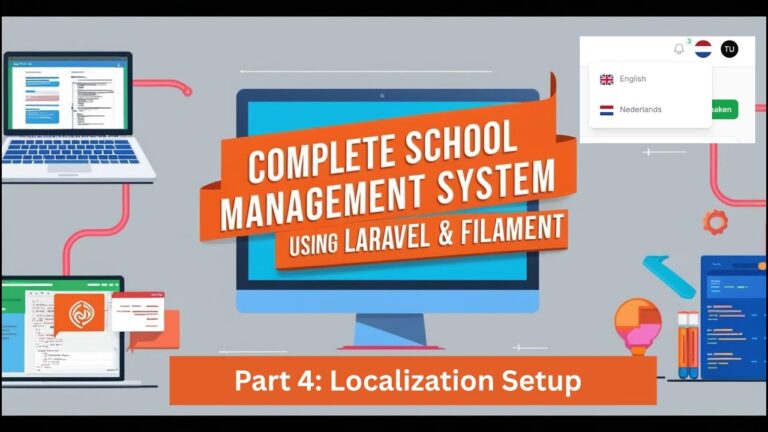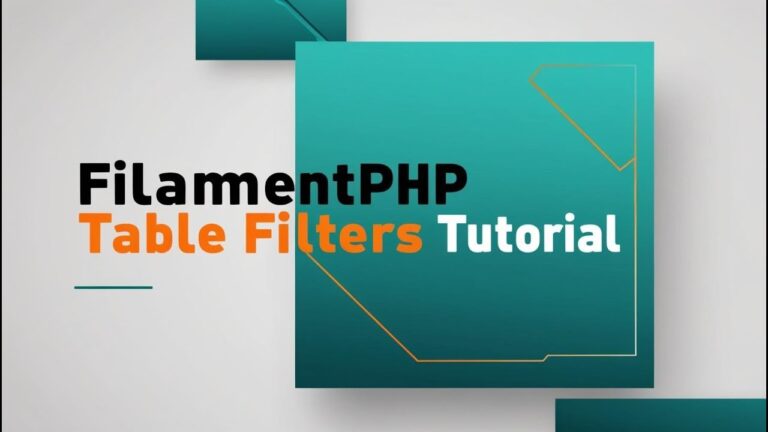Filament is a powerful admin panel package for laravel that provides a wide range of filters to apply filtering on the tables. In this article, we are exploring the different types of laravel filament filters in details.
Types of Laravel Filament Filters
There are mainly 3 types of laravel filament filters. They are as:
- Select Filters
- Ternary Filters
- Query Builder
If you need a different type, don’t worry! Filament’s built-in methods make it easy to create custom Laravel Filament filters. Let’s dive them in detail.
Check more more filament tips and tricks.
Ternary Filters
The name itself gives it away—ternary filters are used to filter records based on whether an attribute is true or false. This type of filter are very easy to implement. You can directly import TernaryFilter class and pass the attribute name inside that and see the output.
........
->filters([
TernaryFilter::make('is_admin')
])
......Not only that you can customize it more and more. If you want to add the label for specific value or placeholder you can also do that easily. Just check the code below:
......
->filters([
TernaryFilter::make('email_verified_at')
->label('Email verification')
->nullable()
->placeholder('All users')
->trueLabel('Verified users')
->falseLabel('Not verified users')
])
......Select Filters
So the name itself illustrates the use of this filter. If we want the filter with dropdown then we can use this type of filters. The use of this type of filter is same as how we used to create a select form right. Check the code below for better understanding.
SelectFilter::make('status')
->options([
'draft' => 'Draft',
'reviewing' => 'Reviewing',
'published' => 'Published',
])We just import the SelectFilter and pass the attribute name there and pass the options for it. Want to learn more about Select Filter. Check this docs.
Query Builder
The use of this type of filter is to define a complex set of conditions to filter the data. To use this , we just need to add some constraints to it on the basis of our requirement.
QueryBuilder::make()
->constraints([
TextConstraint::make('name'),
BooleanConstraint::make('is_visible'),
NumberConstraint::make('stock'),
SelectConstraint::make('status')
->options([
'draft' => 'Draft',
'reviewing' => 'Reviewing',
'published' => 'Published',
])
->multiple(),
DateConstraint::make('created_at'),
RelationshipConstraint::make('categories')
->multiple()
->selectable(
IsRelatedToOperator::make()
->titleAttribute('name')
->searchable()
->multiple(),
),
NumberConstraint::make('reviewsRating')
->relationship('reviews', 'rating')
->integer(),
])If you check the above filter , you can find out that we are using NumberConstraint, RelationshipConstraint , TextConstraint, BooleanConstraint that are predefined in Laravel Filament.I can’t cover everything about this filter here, so be sure to check the docs for more details!
Conclusion
So, in this way we can utilize the Laravel Filament Filters. If you have any queries or confusion , please comment down below.




[…] Now, our page is ready and now we can create the widgets i want. For demo I am creating the Stat overview widgets. And i am not diving into it much.You can check it out here for widget article. […]